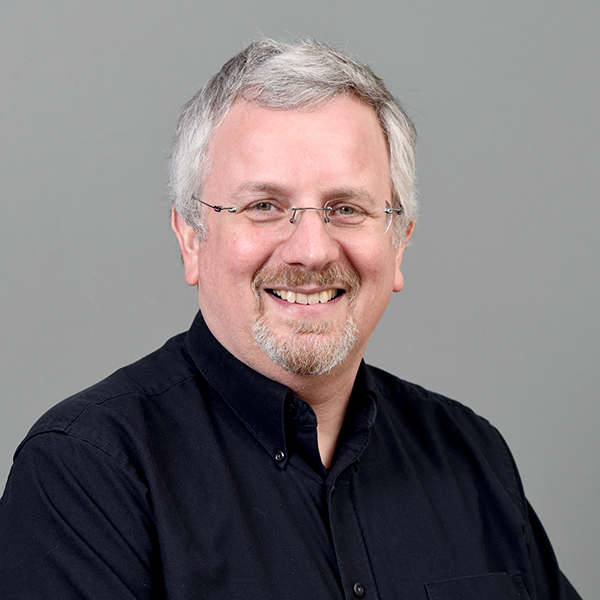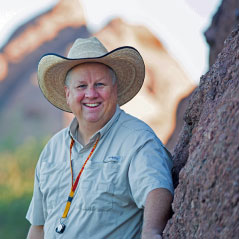Summary
Society's response to climate change and many other challenges hinges on public understanding that science is not a body of facts and certainties in tidy disciplines, but rather a process of reasoning which often crosses disciplines and which narrows the uncertainties of knowledge. Unfortunately, the way science is taught to non-science students at most large universities tends to reinforce misconceptions. For example, many students satisfy their general science requirement in very large introductory lecture courses based on traditional disciplines. While some of these courses are excellent, they often emphasize facts rather than scientific reasoning. Lectures are often supplemented by laboratories to address this gap. However, when class sizes reach the hundreds, laboratories often feature scripted "cookbook" activities that do not teach students to reason scientifically.
In this project, the investigators are deploying and assessing a large-enrollment undergraduate general education science course that places scientific reasoning and multidisciplinary perspectives at the heart of the experience. This model is possible because of developments in online, computer-assisted education (cyberlearning). The project builds on Arizona State University's semester-long "Habitable Worlds" course, which is organized around the search for intelligent life beyond Earth. Motivated by the question "Are we alone?" students explore key science concepts from astronomy to sustainability using online tutorials that employ interactive simulations and immersive, media-rich "virtual field trips" (VFTs). Video lectures are embedded in the tutorials, but as scaffolding rather than as centerpieces. The tutorials utilize an intelligent software platform that responds adaptively to student input–essentially, a virtual tutor–and collects data on students' actions and inputs useful for learning research and course development. Such platforms that can be programmed by the instructor are now becoming commercially available. The investigators' thesis is that for large student populations this model is superior to conventional lecture-based online and face-to-face courses.
"Habitable Worlds" was piloted in Fall 2011 and will have been offered to about 800 ASU students online by the end of Fall 2012. In this project, the investigators, in collaboration with Maricopa Community College District (MCCD) faculty, are deploying and assessing a new version, "Habitable Worlds 2.0," which is optimized to scale to even larger and more diverse student populations. In this revised course, tutorials follow a learning progression from less to more mathematically involved, and are better aligned with K-12 education standards for pre-service teachers enrolled in ASU's Mary Lou Fulton Teachers College (MLFTC). Data collected by the tutoring platform is being used for research on student problem-solving. The investigators are also comparing the effectiveness of VFTs to physical field trips and are rigorously evaluating course effectiveness using both formative and summative methods.
Because of the size of ASU and MCCD, this project could have far-reaching effects on undergraduate science education nationwide. Because "Habitable Worlds 2.0" is part of the redesigned teacher preparation program at MLFTC, which is one of the largest teacher preparation programs in the United States, the project is also likely to have a broad impact on K-12 education.



 Ariel Anbar
Ariel Anbar
 Steven Semken
Steven Semken